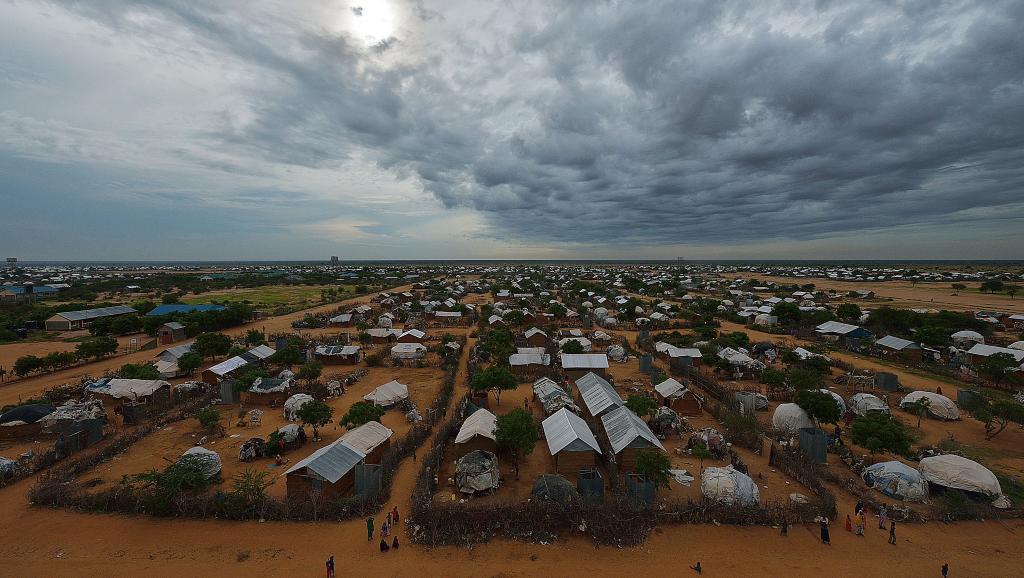Somali refugees living in camps in Kenya are in limbo because of US President Donald Trump’s immigration ban. Among them is Ahmed who has been waiting with his wife and 10 children to be resettled in the United States.
After fleeing Somalia’s civil war in 1992, Ahmed* arrived in Dadaab, the world’s largest refugee camp. More than 300,000 people live on the site, located in northern Kenya near the Somali border and operated by the UN Refugee Agency (UNHCR).
Ahmed lived in Dadaab for nearly 20 years. It was there that most of his 10 children were born.
But a few years ago he was transferred with his family to a transit centre in another Kenyan camp, Kakuma, as part of a refugee resettlement program. There they underwent seven medical exams and extensive interviews with US officials as part of the North American country’s vetting process for refugees.
They were told that they would only be there for six months before going to the US, but they’ve been there now for four years.
That wait could be even longer now due to US President Donald Trump’s immigration ban, which took effect last week.
The ban bars citizens of seven predominantly Muslim countries from entering the US for 90 days: Iran, Iraq, Libya, Somalia, Sudan, Syria and Yemen. It also bans all refugee for 120 days.
Ahmed is doubly affected by Trump’s ban as he is from Somalia, one of the seven countries named in the executive order, and because he is a refugee.
“Anxious and upset”
“All our dreams were dismantled by the Trump administration,” said Ahmed. “We are essentially stranded here at the transit centre in Kakuma.”
“I don’t know what will happen next. We have no choice.”
He added that he and his family are “depressed, anxious, upset, everything”.
Roughly 26,000 refugees in Kenya have been affected by the ban, according to the UNHCR. Most of them are Somali.
Some refugees cleared for imminent travel to the US had already checked in to their flight when the ban was announced, according to media reports.
This year alone, 3,000 refugees were scheduled to be resettled in the US from refugee camps in northern Kenya.
Geno Teofilo, who works for the international aid group Norwegian Refugee Council (NRC) at its regional office in Nairobi, described the current atmosphere in these Kenyan camps.
“The situation in the refugee camps is very sad after the announcement of this ban on refugees,” he said. “It’s really disappointing and disillusioning for hundreds of families.”
He added that the NRC has been working with refugees in the Horn of Africa for years.
“Many countries in this region have accepted large numbers of [Somali and Sudanese] refugees regardless of their religion,” he explained.
“This has also been a tradition in the USA, that refugees, including Muslims, have been accepted.”
“This ban by the Trump administration has come as a very big shock to all of them,” he said.
Drought compounds problems
Some Somali refugees fear that they will be sent back to their home country, as Kenya pledged last year to shut the sprawling Dadaab refugee camp.
Teofilo explained why this is of particular concern.
“There is very possibly a famine coming to Somalia due to the serious drought crisis that has been going on in the region,” said Teofilo.
“The international aid community is hoping that this process will certainly not be encouraged during a time when Somalia is facing very serious food crisis,” he added.
©Alleastafrica and East Africa



